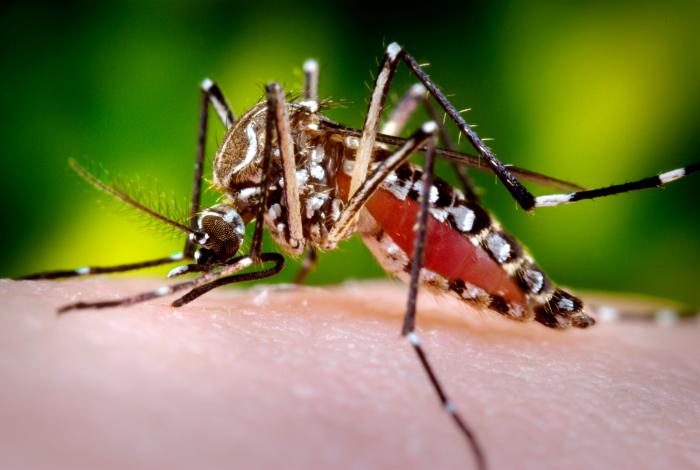After a period of heavy flooding, which helped spread viral infection, the World Health Organization (WHO) has declared a dengue epidemic in the city of Piura, where 19 people have died according to a euronews report (computer translated).

According to official figures, 3,150 cases have been confirmed in Peru in the latest outbreak, with another possible 12,446. In Piura alone, three hundred possible new dengue infections are reported daily.
Health Minister Patricia Garcia Funegra said that she will continue joining forces in Piura to defeat dengue and reiterated that what happens in this region is an epidemic and not a pandemic. “I am a doctor and I know what dengue means, and I have been from the first days of the emergency working hard because we do not want dengue to beat us,” he said in an interview with a local media.
According to information provided by the Ministry of Health (Minsa), the General Directorate of Environmental Health and Food Safety (Digesa), more than 900 thousand vector control actions have been carried out in several places in the region in order to eliminate the mosquito Aedes aegypti, transmitter of the disease.
This include larval control using larvacide in containers with water in some 379,464 homes. In addition, more than 523,000 fumigations have been carried out in houses with the aim of ending the adult mosquito. The areas where the interventions were made are Morropón, Sullana, Piura, Talara and Sechura and other regions where the transmitting mosquito is found.
Lastly, Digesa trained 800 soldiers of the Peruvian Army to carry out larval control and fumigation, and delivered to the region 400 new thermo-fogging machines to support troop personnel in the area.
Dengue is a viral infection transmitted by the bite of an infected mosquito. There are four closely related but antigenically different serotypes of the virus that can cause dengue (DEN1, DEN 2, DEN 3, DEN 4).
- Dengue Fever (DF) – marked by an onset of sudden high fever, severe headache, pain behind the eyes, and pain in muscles and joints. Some may also have a rash and varying degree of bleeding from various parts of the body (including nose, mouth and gums or skin bruising).Dengue has a wide spectrum of infection outcome (asymptomatic to symptomatic). Symptomatic illness can vary from dengue fever (DF) to the more serious dengue hemorrhagic fever (DHF).
- Dengue Hemorrhagic Fever (DHF) – is a more severe form, seen only in a small proportion of those infected. DHF is a stereotypic illness characterized by 3 phases; febrile phase with high continuous fever usually lasting for less than 7 days; critical phase (plasma leaking) lasting 1-2 days usually apparent when fever comes down, leading to shock if not detected and treated early; convalescence phase lasting 2-5 days with improvement of appetite, bradycardia (slow heart rate), convalescent rash (white patches in red background), often accompanied by generalized itching (more intense in palms and soles), and diuresis (increase urine output).
- Dengue Shock Syndrome (DSS) — Shock syndrome is a dangerous complication of dengue infection and is associated with high mortality. Severe dengue occurs as a result of secondary infection with a different virus serotype. Increased vascular permeability, together with myocardial dysfunction and dehydration, contribute to the development of shock, with resultant multiorgan failure.
Related:
- Measles in Europe, Ebola in DRC and USAID PREDICT: An interview with Dr Eddy Rubin
- Netherlands: Bilthoven Biologicals employee infected with polio after accident
- Yemen cholera crisis spreading at ‘unprecedented’ speed
- FDA expands approved use of Kalydeco to treat additional mutations of cystic fibrosis
- Italy makes childhood vaccines compulsory


I am sitting in my St.Pete yard with hundreds of Egypty flying around me…and no landings due to use of OLD SPICE STICK DEODORANT.